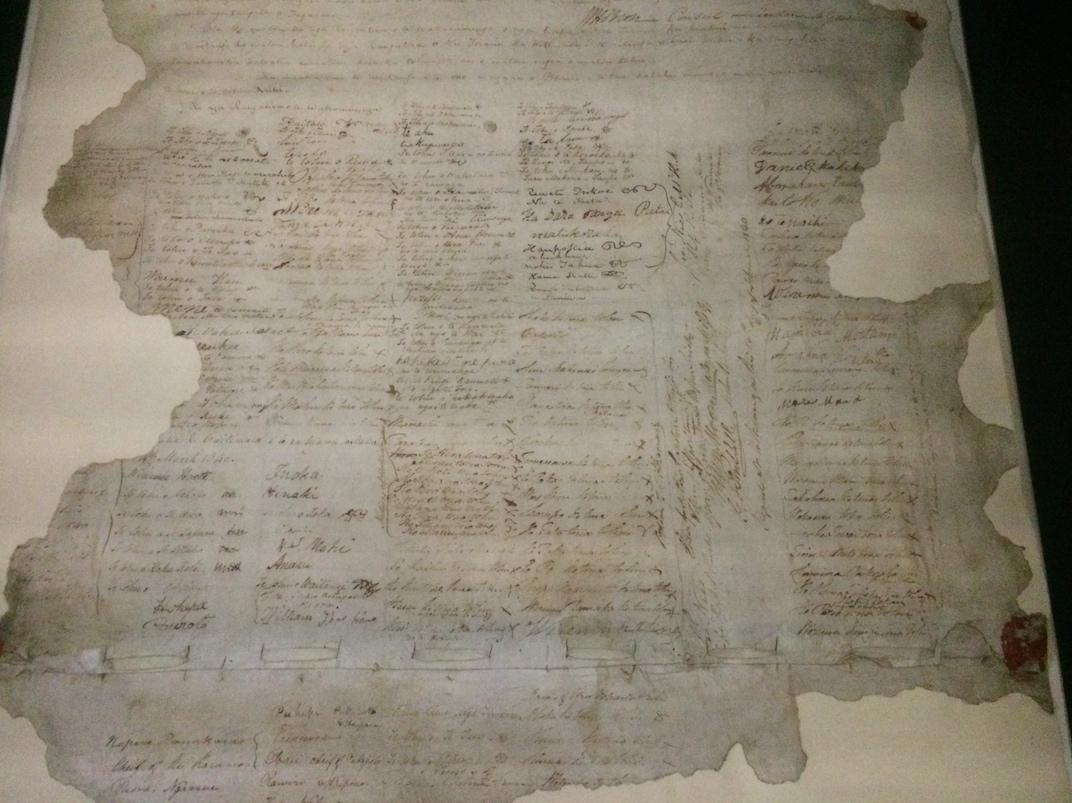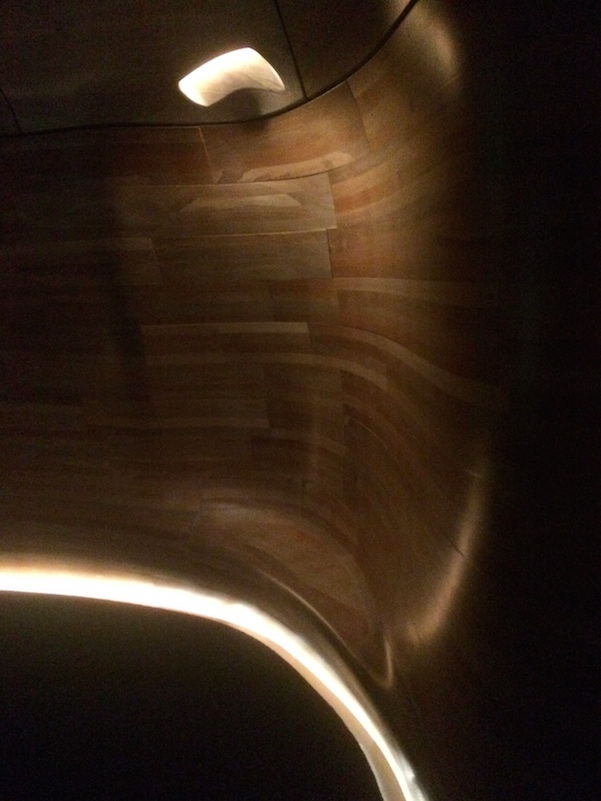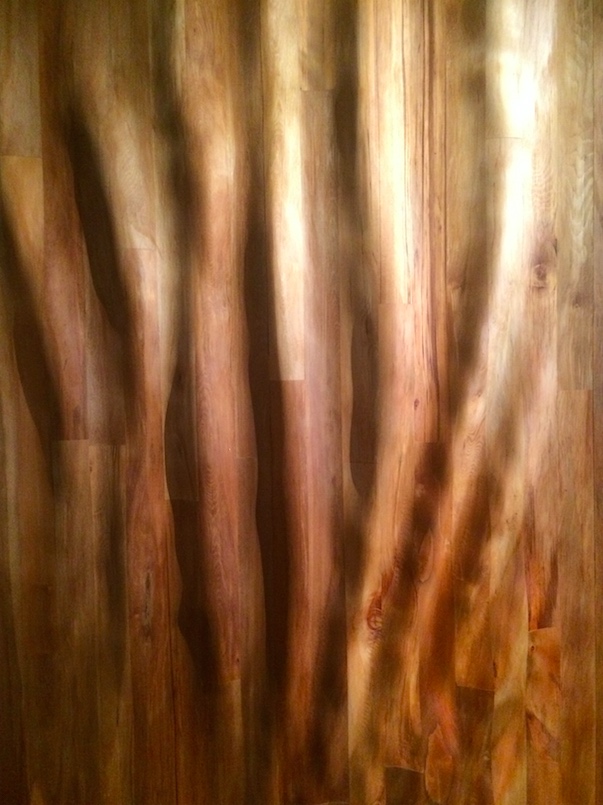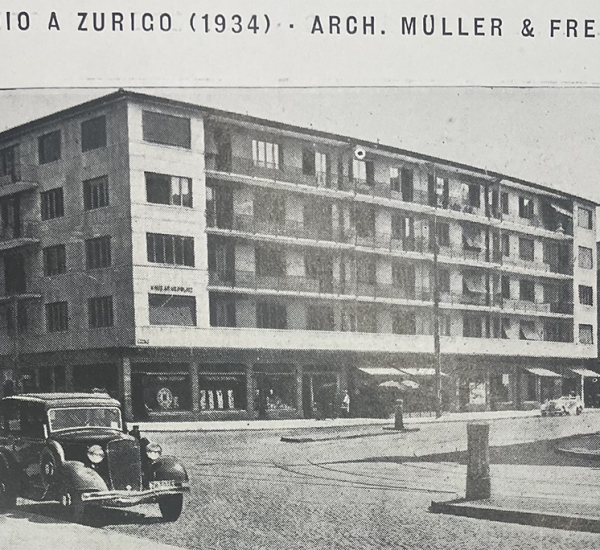Nau mai. Te Tiriti o Waitangi has been welcomed into its new home, a specially-designed whare at the National Library, along with two other founding documents of Aotearoa. It sits alongside He Whakaputanga o te Rangatiratanga o Nu Tireni – the Declaration of Independence of the United Tribes of New Zealand, and the 32,000 signature petition on Women’s Suffrage – Te Petihana Whakamana PÅti Wahine, in what is surely the most handsome, beautifully serene and luscious space in any public space in this country. He Tohu means many things, including a Sign, an Award, a Mark, or a Proof – all of these are reasonable translations of what is, in effect, the biggest Waka Huia this country has ever seen. A Declaration, a Treaty, a Petition – housed in a Taonga.

Crafted from rimu, lovingly polished with a dull sheen finish, the box may be square on the outside but is anything but square on the inside. Three doorways enter in, each denoted on the outside with a gentle rippling of the wall, like tree roots bulging into everyday rectilinear life, everything in lovingly made timber. It certainly brings the National Library alive once more, at last. It is like being a pearl stuck inside the lip of a giant oyster – the ripples of the rimu on the outside are cunningly well done (and I defy you to not stroke your hand across the wall) but are quite simply magnificent on the inside – soft and warm and sensuous to the touch. It is quite simply a joy to see these documents, even if I can’t really make head nor tail of the words, as the ink has faded almost away, and the rats have bitten off quite a bit more than they could chew.

Ghostly, dim dark light levels mean that the document won’t suffer any more, although if tourists in the Louvre are anything to go by, inevitably someone will snap a picture with the flash on, and spoil both the ambience and the document itself. There are security guards inside to help stop that, but it will be a never-ending task of vigilance. The crafting of the display cabinets is finely detailed – delicate, like the documents themselves, with ghostly lighting at the touch of a button: Germany’s finest crafting courtesy of Glasbau Hahn. There is also some sepulchral lighting at foot level to guide you, and a couple of gently tumescent curves that have been carefully honed to be the perfect height for perching your bum and resting a pair of weary legs. Studio Pacific have outdone themselves in the quality of the design and architectural execution of this simple wooden box. It speaks of what makes us special in Aotearoa – a humble reflection on who we are and how we got here.

Everywhere inside is rimu. None of it is straight. All of it is smooth and reddish brown. I’m presuming that the timber used is recycled heart rimu, but no nail holes are visible – perhaps it is fresh wood after all – but this project surely has to be the most carefully honed piece of computer controlled sculpting this country has ever seen. Quality levels are like those at Rolls Royce, or higher: Rollers only use a veneer, whereas here it is the whole tree. The rimu pieces are glued into blocks that are separated by thin gaps, with the overall effect being that you are inside a giant piece of burr rimu that has had some small furry animal living inside for the last century. Voices drop in tone and volume automatically. It is a space of reverence, almost holy, and without doubt a worthy space for these taonga.

Outside, the interpretive displays on the walls have had the words agonised over time and time again, apparently, and I’ve still got to get round to reading them all. The exhibition organisors, Story Inc, have done a superb job, with the highlight for me definitely being the interactive map by Click Suite: a magical map on which you could scroll through time, back to Kupe or forward to Whina Cooper, watch Cook and Tasman sail gaily around the coast, or watch the Tiriti as it too was sailed around the coast for signing. Look on with astonishment as Maori land was confiscated away until only a tiny amount remains today – and then look on again as areas of the country have their Treaty claims resolved. As long as this exhibit can take the hammering from tiny hands that will inevitably come, this map is a great resource, beautifully presented.

I’m really proud of the work that has been done, on our behalf, by all these unsung architectural heroes: the designers, the technicians, the people working the machines that have crafted this box out of solid timber and turned it into a box for treasures. Someone has spent months covered in rimu dust, sanding away, to bring us this object, and whoever you are, I thank you.





Perhaps the rats have bitten off a bit more than we can chew!?
Nice work though – can’t wait to experience it myself.
Nice looking space and I look forward to seeing it soon. However, I have always thought that if the major reason for removing the documents from Archives NZ was to get as many people as possible to “oooh” and “aah” over the Treaty, then surely the best place for them would have been Te Papa.
But Te Papa already has a 20 foot high mock / replica of the Treaty, with space around it for hoards. Its interesting – it is treated on their display as a sacred object at Te Papa, but in reality it is only a perspex facsimile. This one at He Tohu is the real deal – and of course, it is the Tiriti, not the Treaty – i.e. this is the copy that was in Maori, and actually signed by Maori, instead of the one in English, signed by Hobson etc. It is actually in 9 separate sheets – for the 9 different regions of Maoridom that it was sailed around to. Notably, of course, no one went to get the signature of Tuhoe.
Of course, this opens things up even more for further discussion – that the Maori chiefs who signed this, which speaks of rangatiratanga, rather than governance, thought they were agreeing to something else.
While we certainly can’t rest on our laurels and say we are a perfect little country, I’m not sure that anywhere really can, and at least with this treasure box we can try and sensitively and non-provocatively let people see for themselves.
Sorry – should have been hordes, not hoards. Shocking mistake.
The Rimu wood used to house the taonga was felled by Cyclone Ita in 2014 (http://www.stuff.co.nz/national/9975198/Cyclone-Ita-devastates-West-Coast-forests). A special permit was granted to harvest the wood for this exhibition. Minister Dunne referred to the protector role the Rimu tree in the forest and how this role now continues as the waka huia – pretty special!
Fantastic to hear that Marjie – feels even better now that I know that !
And, may I say: kudos to Peter Dunne for overseeing this project. Ka pai !
nemo – nice to see that Studio Pacific have linked into your blog post – well done !
It’s good to have another author up here – thanks
Link is here:
http://studiopacific.co.nz/news/2017/may/he-tohu-features-on-the-eye-of-the-fish/